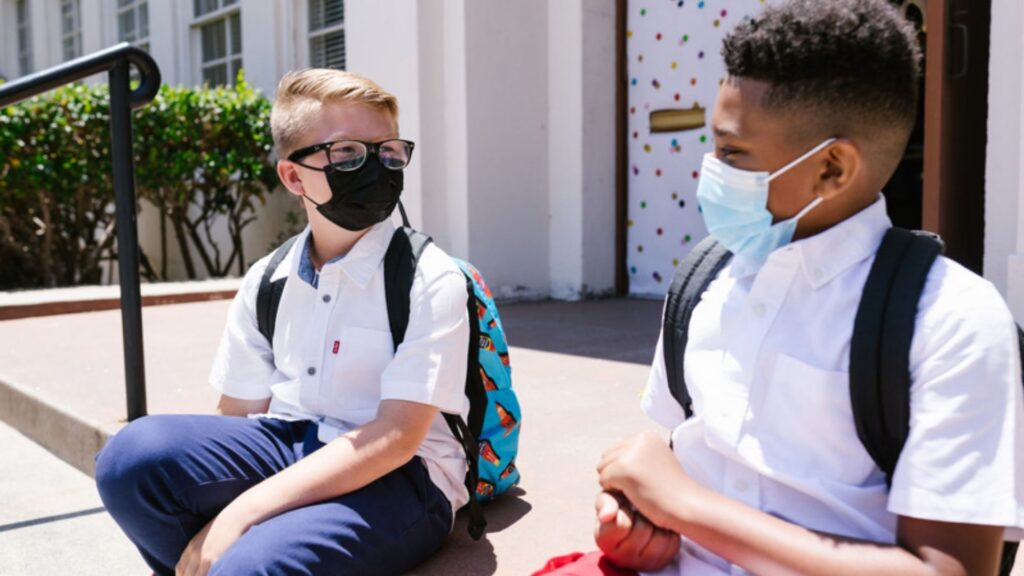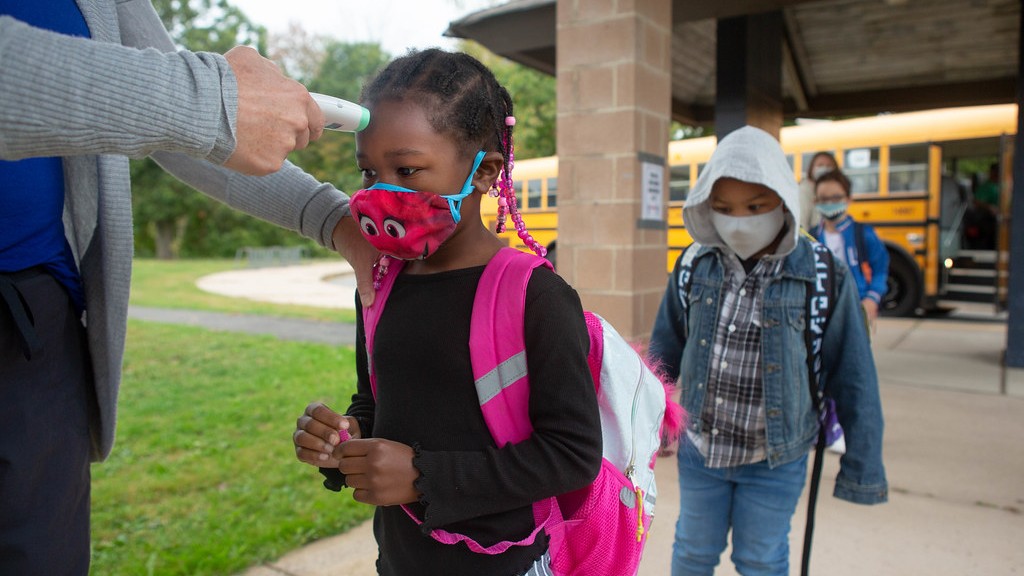CDC Eases COVID Guidelines For Schools
Updated CDC guidelines have eased COVID protocols and suggestions for schools, with an emphasis to keep students in school.

For nearly three years now, the Center For Disease Control and Prevention (CDC) has studied and laid out guidance for Americans regarding the COVID-19 virus that rocked the world and changed life as we know it. This far into the pandemic, much of life has returned to normal. The CDC champions that finding on vaccinations that have reduced the burden of the disease all around the U.S. Because of this, CDC guidelines have again changed and eased protocols for how schools should handle positive cases.
The newly updated CDC guidelines published on August 11th by the national public health agency, have shifted direction on COVID protocols to keep children in school as much as possible. Quarantining at home is no longer required for any student or staffer that tests positive for the virus. This counters the department’s previous guidelines, which suggested that unvaccinated individuals stay at home.
While the CDC guidelines changed pace and called for students to remain in school so long as they are asymptomatic, measures were still suggested to help keep positive cases from further spreading through campuses. They urged schools to require positive testing children to wear high-quality masks for 10 days after testing positive. This was recommended for all positive cases, regardless of vaccination status.
Additionally, the updated CDC guidelines no longer call for schools to test for cases as much as they previously did. Before now, the health department recommended schools provide regular random testing on students and staff in order to gauge possible warnings of COVID-19 outbreaks in the area. On top of ending this, the new outlines did away with the “test to stay” method in which schools tested positive, asymptomatic students every day in order to keep them in school.
One thing that did not change in the new CDC guidelines was its recommendations for how schools should handle community outbreaks and masking. The guidance still suggests that schools located in communities categorized at high levels of spread should continue requiring all school staff and employees to mask up until the levels decrease. As of now, CDC tracking data shows that nearly 40% of the nation is in the high-risk zone.
While the public health agency is said to be the underlying indicator for how the country handles the pandemic, CDC guidelines remain suggestions and are not required to be followed by states and school districts. For example, while nearly half of the U.S. is currently seeing extreme spreads of the virus, most schools will not be starting the school year with any mask mandates. In fact, in metro areas, only a few currently require masking up, such as Philadelphia and Newark, and San Diego.

Even before the relaxed CDC guidelines were released, many states took measures into their own hands creating legislation that barred schools from enacting strict COVID protocols. Much of the reason for this shift has been the undeniable reports released over the last few months depicting how severe learning loss was due to prolonged stays at home. Additionally, isolation and quarantines led to increased issues in adolescents with mental health.
School districts across the nation are likely celebrating the eased CDC guidelines. No more quarantining means that kids will remain in the classroom, and fewer disruptions should help teachers keep kids on track for success. But with the praise, many educators know that the road to recovery is a long one, but keeping kids in school is a step in the right direction.



